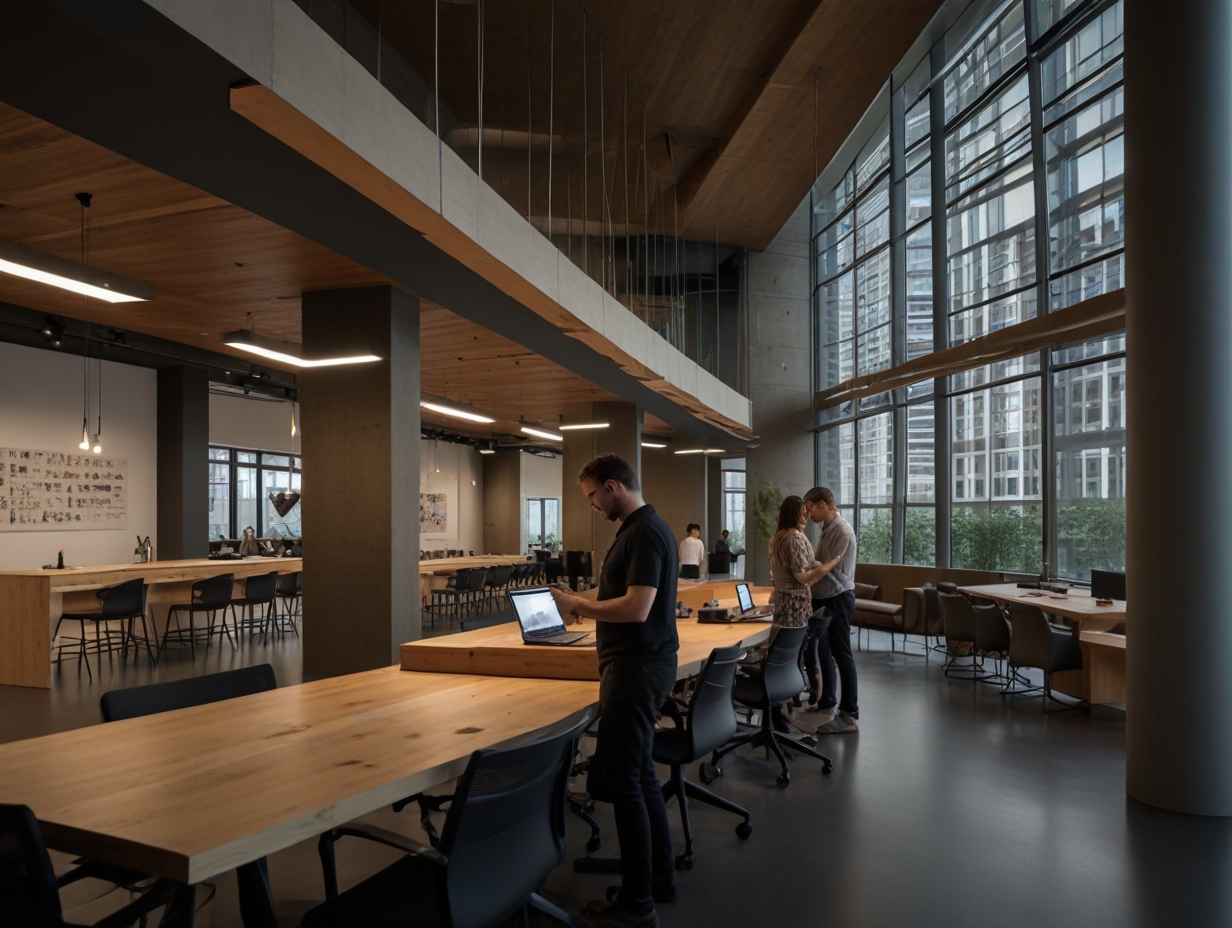With AI increasingly becoming ace in the hole in producing architectural content, architects are expected to shift their attention to the greater role they influence which is not limited to just what the eye can see.A revealing view of the architectural community by architect Satish Jassal suggests reassessing the value of its presence in the artificially intelligent (AI) era.
Architects urged for deeper architectural understanding beyond AI
The experiment undertaken by Jassal showed the AI’s prowess in generating architectural images in a quick manner. They were visually mesmerizing as he very well understood but were definitely devoid of those minute details which his firm would carry out with energy in a real world setup. Having such observations as a proof, one might go to the point that modernity image usage should not be a pet peeve of masterpieces to come alive.
Architecture has always been based on computational graphic needs, like visual effects, as a principle mechanism for allowing winning competitions, gaining planning permissions, and assessing constructor quality. Yet this technique though is typically a kind of a visualization and denial to the meager, creative and expressive designs that strives to fit in the mass.
Jassal calls for a new portrayal of architecture that would stress the process, protections for the brief and site conditions, and the influence of the architecture on the environment and on the people. The concept is to highlight architecture as an intelligent implementation approach rather a simple visual commodity.
Architects balance AI integration with human creativity in design practices
Besides 41% of the architects presenting their commitment to AI implemetation for the workflows practice, according to the latest RIBA research, the rapid and successful adoption of the technology is highly possible
The AI helps in numerous of areas of building design, creation of the green design strategies, keeping them technically compliant and deliver a good value for money, dramatically changing the old practices.
Nevertheless, Jassal points out that AI may enhance the tech-related sides of design, but on the emotional and human sides where human architects are faster in their prototyping the software lacks emotions and creativity. He discusses the need of the designer to demonstrate and value themselves as a professional.
With the growing use of AI, architects are urged to see the technology as means rather than an end. It can be an extension of their judgment in major decisions as well as of their art. While it is undeniable that AI’s ability to outperform human intelligence on many tasks continues to grow, overall, there should not be a lessening of the role of human workers to the mere operator of software.
Architectural industry evolves to emphasize creativity
But that is entirely the marketing techniques that they should focus on and showcase their capacity of coming up with such creative solutions which are the major factors to improving life experience.
As for the future, the architecture industry will redefine the purpose and principal as a profession in line with the developments of technologies and in response to changes in social structure. The so-called “next architecture” is going to affect positively the way of think and work of the next generation of architects. In it’s place a new principle will operate to provide better service, rather than exploiting only the imagery.
This transition in the architectural profession aims at becoming more in tune with the modern challenges and opportunities, consequently making a reliable profession whose members create a functional, artful, and safe surroundings.
The real metric of the architect’s worth, as Jassal mentions, is when these three attributes come into play—the way creativity, functionality, and sustainability can be integrated into a project—which shows the levels of the profession’s worth in the performance far beyond that of making the image appealing.
News outed from Architect Satish Jassal blogpost





